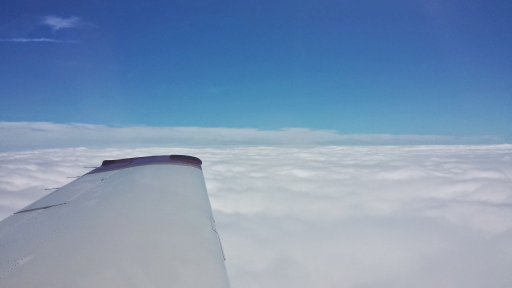midcap
Pattern Altitude
Even having a lot of clouds doesn't necessarily mean you are going to be in solid IMC the whole time you are cruising though.
that's true....but I am assuming yo don't know when you are going to punch through until you get up there.


